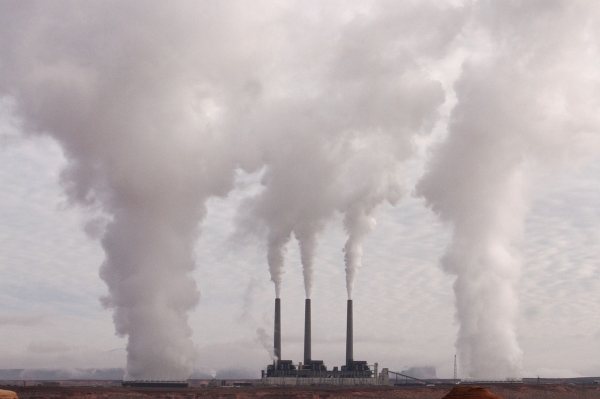Exposure to fine particulate air pollutants from coal-fired power plants (coal PM2.5) is associated with a risk of mortality more than double that of exposure to PM2.5 from other sources, according to a new study led by George Mason University, The University of Texas at Austin, and Harvard T.H. Chan School of Public Health.
Exposure to fine particulate air pollutants from coal-fired power plants (coal PM2.5) is associated with a risk of mortality more than double that of exposure to PM2.5 from other sources, according to a new study led by George Mason University, The University of Texas at Austin, and Harvard T.H. Chan School of Public Health. Examining Medicare and emissions data in the U.S. from 1999 to 2020, the researchers also found that 460,000 deaths were attributable to coal PM2.5 during the study period—most of them occurring between 1999 and 2007, when coal PM2.5 levels were highest.
The study was published on November 23, 2023, in Science.
While previous studies have quantified the mortality burden from coal-fired power plants, much of this research has assumed that coal PM2.5 has the same toxicity as PM2.5 from other sources.
“PM2.5 from coal has been treated as if it’s just another air pollutant. But it’s much more harmful than we thought, and its mortality burden has been seriously underestimated,” said lead author Lucas Henneman, assistant professor in the Sid and Reva Dewberry Department of Civil, Environmental, and Infrastructure Engineering at Mason. “These findings can help policymakers and regulators identify cost-effective solutions for cleaning up the country’s air, for example, by requiring emissions controls or encouraging utilities to use other energy sources, like renewables.”
Read more at: Harvard T.H. Chan School of Public Health
Photo Credit: Pixource via Pixabay




